- Joined
- Jan 1, 2013
- Messages
- 185
Phils69 expressed an interest in my shaper. It is located at our son's house and I prevailed upon him to take some photos for Phil. I decided to share with everyone are A) Phil is not terribly interested in the machine, just it oddness and B) it is odd.
He is not a machinest and really has no idea of the mechanics of a shaper. As a result, they are not the pictures I would have taken, but they are what he took, so we'll try to live with them. If anyone wants better pics I may be able to take some tomorrow.
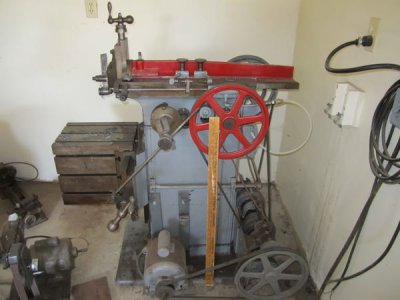
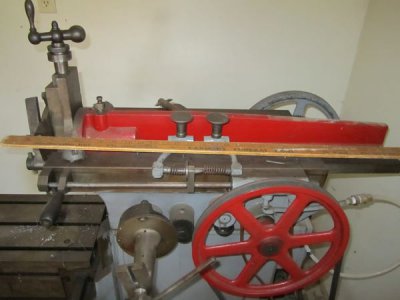
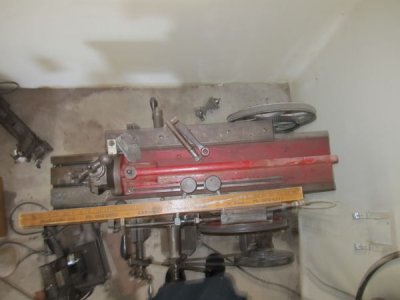
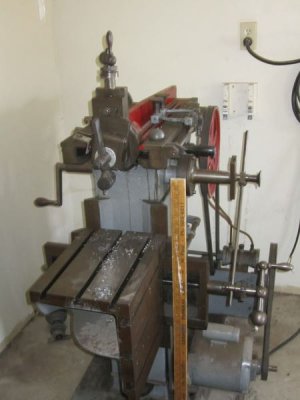
This machine does not have a bull wheel, so don't look for one. It is belt drive. The rear belt runs through a gearset, reversing the ram direction. The belts are engaged by air operated clutches. They operate on about about 20 psi.
Bill
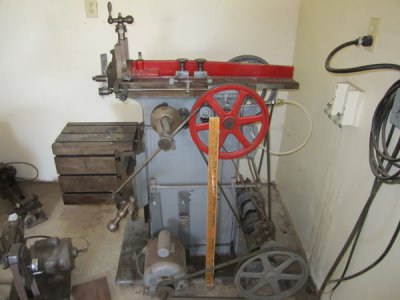
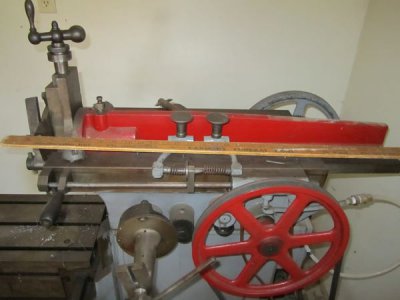
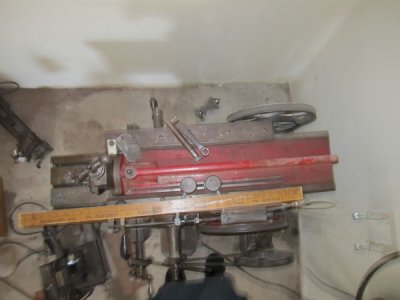
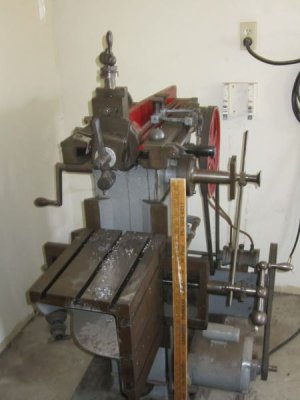
He is not a machinest and really has no idea of the mechanics of a shaper. As a result, they are not the pictures I would have taken, but they are what he took, so we'll try to live with them. If anyone wants better pics I may be able to take some tomorrow.




This machine does not have a bull wheel, so don't look for one. It is belt drive. The rear belt runs through a gearset, reversing the ram direction. The belts are engaged by air operated clutches. They operate on about about 20 psi.
Bill





